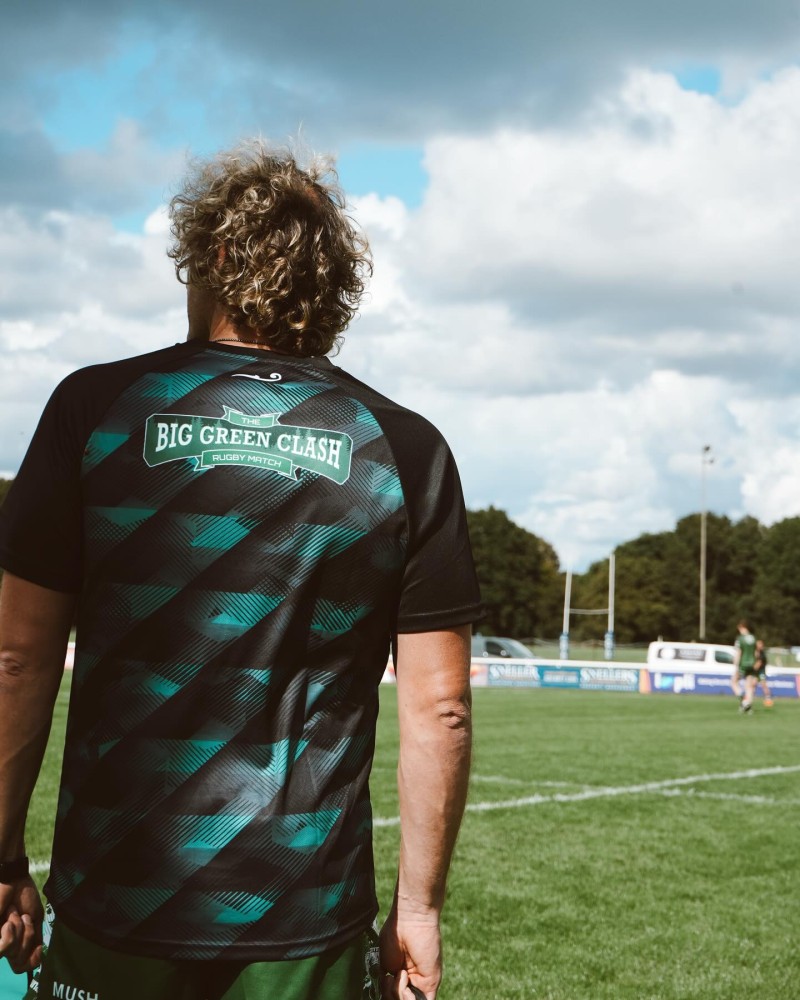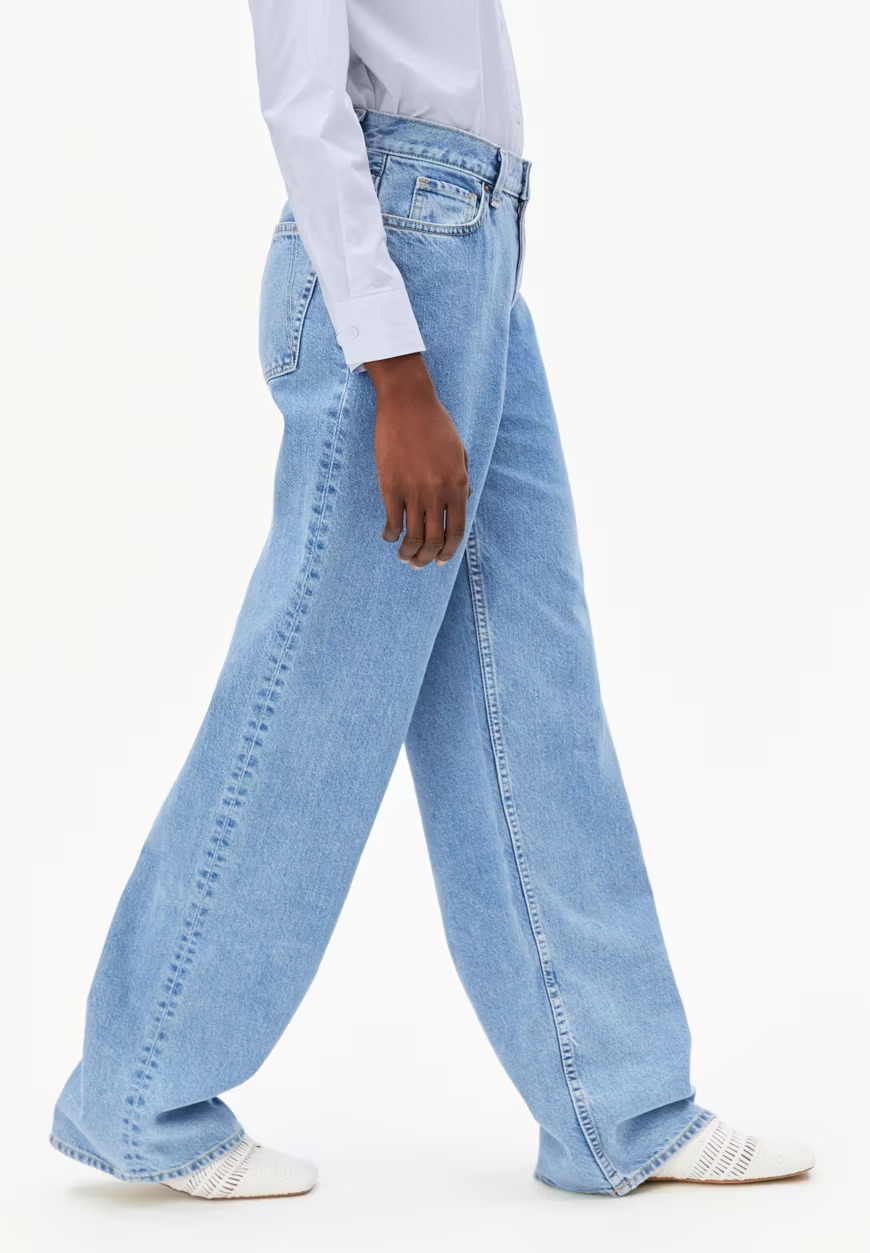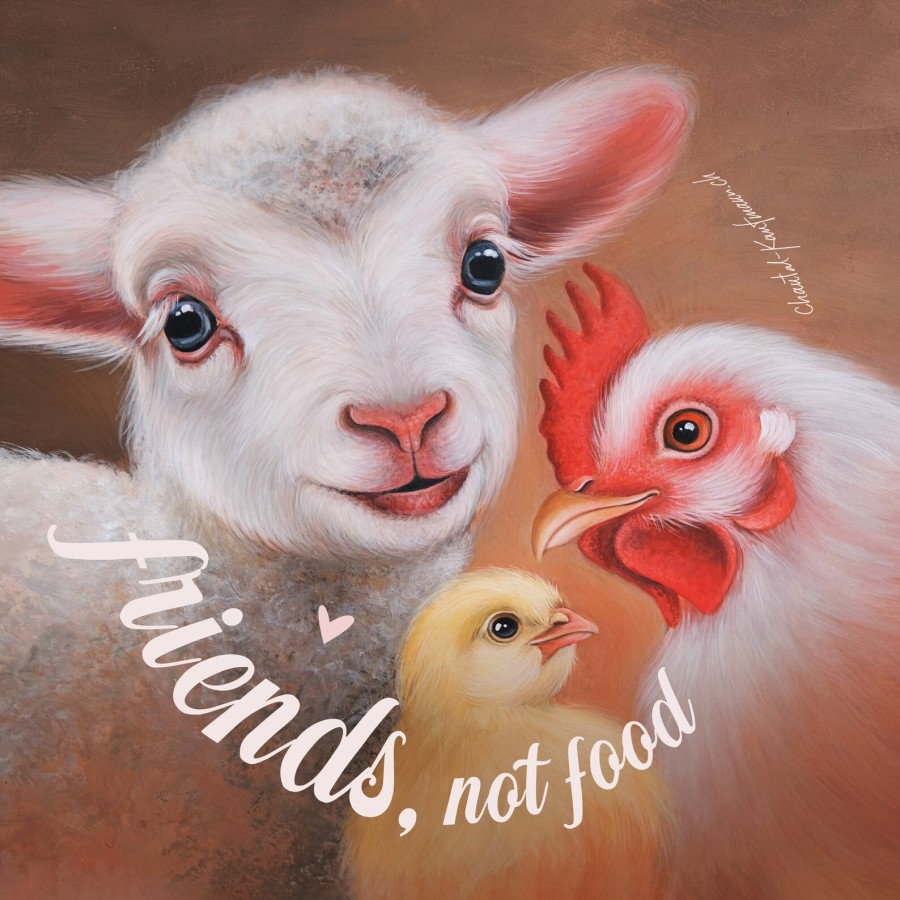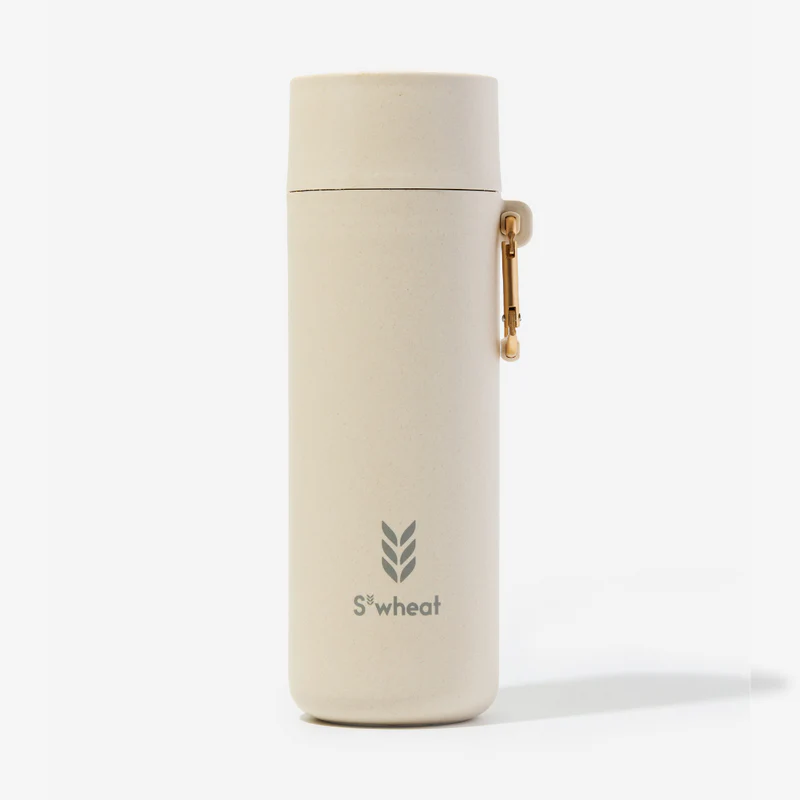Greener Rugby Scrums: Cutting Carbon Footprints

Rugby was indeed invented in the Midlands market town. Back in 1823, a young boy playing football, decided to pick up the ball, and run with it! Many people prefer rugby to football as it’s more active, and things happen, rather than matches that sometimes end in 0-0!
Rhino Rugby Ball is made from 70% recycled rubber with natural latex, engineered to bounce right, with a multigrain max grip for consistence performance. Just like football, this is a better choice than leather footballs, often made in countries with poor animal welfare and human rights laws.
Carbon footprint of match day travel
Travel is often the biggest source of rugby’s emissions. On any given weekend, cars and buses filled with players, coaches, and loyal fans pour into stadiums. According to the Sport Positive Summit, travel can make up over 60% of a club’s match day emissions.
Those miles clock up fast, especially in countries where fans travel long distances. But there are easy shifts that make a real difference:
- Car-share initiatives: Offer lift-sharing among players and supporters. Fewer cars mean less pollution.
- Group rail tickets: Clubs can work with rail companies to secure reduced fares, encouraging train travel for away games.
- Host more local tournaments: By drawing teams from nearby areas, regional events slash the need for long drives or flights.
Energy use in stadiums and training centres
Stadiums and clubhouses swallow plenty of energy just to stay open. Lights for late-night training, heating to beat the cold, and those big electronic scoreboards all add to a club’s bills and carbon load. A typical rugby stadium can use as much electricity in a few hours as several homes do in a month.
Simple energy-saving swaps help cut waste:
- Switch to low-energy lighting: LED bulbs use around 75% less electricity than old halogen ones.
- Upgrade heating systems: Smart thermostats and careful insulation trim both energy use and costs.
- Look for renewable suppliers: Many clubs can now buy green electricity, or even fit solar panels on their roof.
Environmental Impact of Rugby Gear
Most rugby balls are made from plastic materials like polyurethane (PU) or polyvinyl chloride (PVC), which come from oil. Team kits blend polyester with cotton, but cotton needs huge amounts of water and pesticides to grow. Producing just one cotton rugby shirt could use around 2,700 litres of water.
More gear means more waste, especially when kits change every season or balls get binned after a match. To make these choices greener:
- Choose organic cotton kits. These also prevent microplastics being released from washing machines.
- Reuse and donate old gear: Instead of throwing away last season’s kit, donate it to grassroots clubs or find a textile recycling point.
Eco‑Friendly Pitch Management
A good scrum needs tough, springy grass with grip built in. Soil is where it all begins. When clubs use organic soil blends and natural grass, the pitch gets stronger and bounces back faster after rain and muddy sessions.
Natural grass mixes, chosen for local climates, support lush growth with fewer chemicals. The most popular mixes include:
- Ryegrass and fescue: Both hold up well to heavy footwork and recover after scrums collapse.
- Clover: Fixes nitrogen in the soil, lowering the need for artificial fertiliser.
- Native grasses: Grown from local seeds, these types boost biodiversity and wildlife.
Switching to organic soil and the right grass can mean fewer muddy patches and fewer bare spots, even after a wet November match. Players get safer footing and the club keeps fertiliser bills down.
Use organic lawn care. Yorkshire-made Grazers is a non-toxic alternative to lethal control or pesticides, which makes grass unpalatable to rabbits and other creatures (can also be used for bowling greens and golf courses).
Don’t use where pet rabbits roam, as they won’t be able eat treated grass. And ensure wild rabbits have non-treated (edible) grass nearby.
- Use organic fertilisers made from seaweed, plant compost, or chicken manure. These feed the grass without hard chemicals that sink into streams.
- Set up drip irrigation, which gives just enough water straight to the roots. This avoids wetting the whole court or letting water pool in bad spots.
- Stick to a set mowing schedule that cuts only the top third of the grass. Cutting too short stresses the lawn and wears out soil. Longer grass holds water better and shelters tiny insects.
- Smart timers and sensors: Fit sensors that quiz the soil for moisture levels, so sprinklers only run when dry. Set timers for early morning or after sunset to avoid water loss in the heat.
Clubs can switch to chalk or biodegradable paints for pitch lines. Chalk washes away easily after rain and returns to nature without fuss. Biodegradable paints break down over time, so no polluting chemicals stick around. For smaller clubs, reusable line markers are refillable and cut down on single-use plastics.
The Green Gazelles (a vegan rugby team)

Green Gazelles is England’s first vegan rugby team! They are not professional, but looking for sponsorship, so get in touch if you can help!
Their approach covers every angle: plant-based team meals, eco-certified training wear, and a preference for biodegradable or recycled equipment.
The Gazelles also work with partners to test new sustainable products on the field, from cleaner scrum machines to reusable water bottles. Most notably, they serve as public advocates for the environment, hosting clinics and social campaigns that educate others on how little changes can add up.
Sustainable Steps at the Green Gazelles:
- 100% vegan nutrition plans for all players and staff
- Use of vegan rugby balls and boots
- Commitment to zero waste on match days
- Collaboration with eco-brands for training and match equipment
The team’s influence spreads beyond their own club. Youth leagues and amateur teams now look up to the Green Gazelles, drawing ideas on how to adopt green thinking into daily rugby life.

Anthony Mullally was one of the tallest (6ft 5in) and heaviest players on the circuit. But if you think you could knock him down with a feather, he lives on plants! He first went vegetarian and then vegan. He has now retired from rugby, and runs wellness retreats for men in Cornwall.






